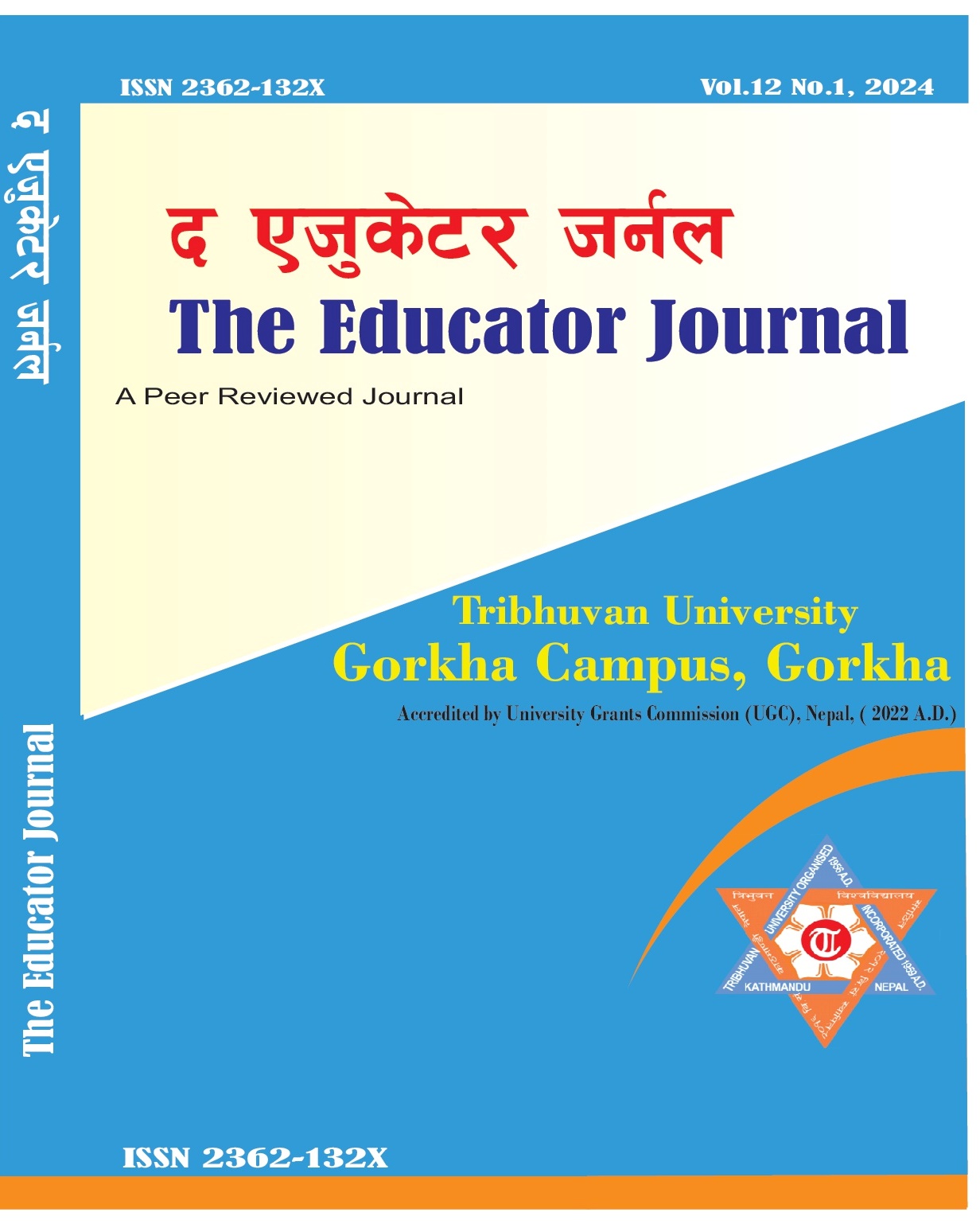Ethnobotanical knowledge transfer in Kumal community of Gorkha district
DOI:
https://doi.org/10.3126/tej.v12i1.64921Keywords:
Ethnobotany, Indigenous Knowledge, Healers, Ethnic groups, Medicinal plantsAbstract
221 plant species are documented. Out of total 221 plants species 92 species belong to herbs, 26 species belong to shrubs, 78 species belong to tree and only 25 species belong to climbers. Sources are received through the wild, cultivated, and purchased plants. Primary data was collected, using ethno-botanical tools like structured and open questionnaires with key informants, farmers, local healers, teachers, and students and field observation. Plants are categorized into medicinally important, food, fodder, timber and firewood, fruits and vegetables and religious. Among them only 88 plant species are medicinally important. Medicinally important plant species have been described along with their short description and local uses and use method. Recorded plant species are classified into 74 families. Students learn indigenous ethnobotanical knowledge from healers, parents, teachers and through self-practices. Local healers play significant role to transfer of indigenous knowledge to students, which is followed by parents, and self-practices. Teachers have fewer or no significant roles to transfer indigenous ethnobotanical knowledge to students.




